“It all came together very easily; things naturally fitted into place,” explains architect Greg Truen (of the acclaimed firm SAOTA Architecture and Design) about the process behind his and wife Liz’s holiday home at Silver Bay along South Africa’s West Coast.
“It was dictated firstly by the site itself, which drops down towards the sea. Choosing to locate the living area on the upper level to maximise the views and to see the shoreline, and placing the bedrooms and a playroom downstairs for a walk-to-the-beach connection, was almost automatic.”
See more: This 1,300sqft Tai Po home features a glass-ceilinged kitchen for stargazing
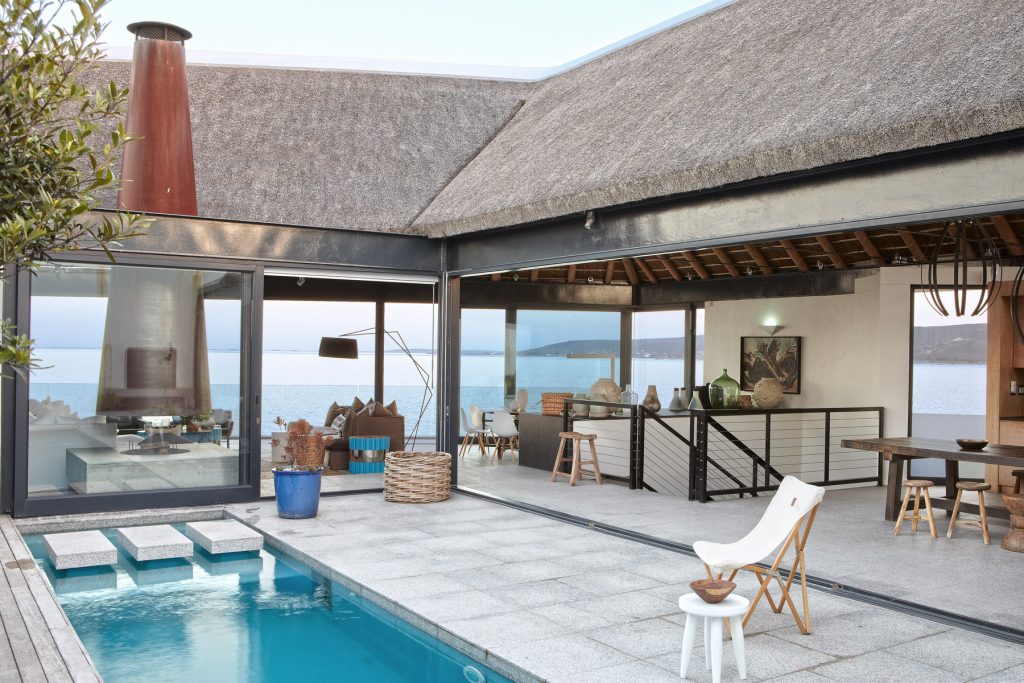
More than that, the couple wanted the entire upstairs area (indoors and out) to enjoy as close a relationship as possible with the unsurpassable ocean views and the natural surroundings of beach, sea, dunes and fynbos. This extended to creating wind-free outdoor living spaces that communicate directly with the internal environment and are also connected to the greater natural context.
“We wanted to treat the entire space as a single room, so the effect on entering was of walking into one large space, with the sea dominating everything,” explains Truen. “Many of the design decisions were made purely to expand the magnificent views and to bring in light and the natural surroundings as far as we could.”
At any turn, it’s impossible to forget for a moment that despite being a two-hour drive from Cape Town, this is an entirely different world.
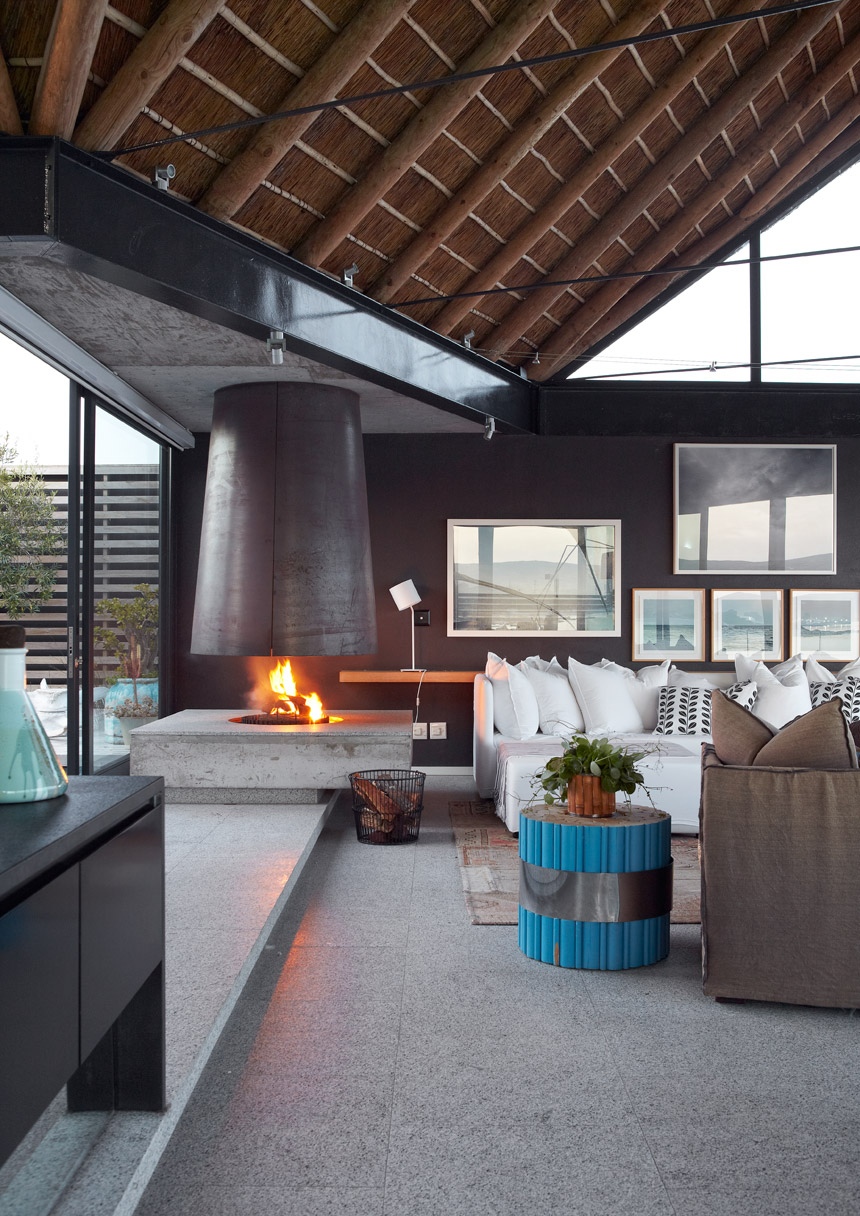
Another consideration was no less important: to refer back to traditional West Coast vernacular architecture without compromising the contemporary aesthetics and modernist lines. And from the protected pool courtyard on the northern side of the house to the stepped glazing of the downstairs bedrooms, and to the rustic thatched roof, all of this has been has been achieved and more.
See more: In Mallorca, a cliffside villa blurs the line between indoors and outdoors living
Bleached poplar beams support the open roof, softening the flamed granite flooring that echoes the natural boulders so typical of this stretch of unspoilt coastline. By using steel tie beams instead of horizontal timber beams to support the roof, Truen has created a generous double-volume space flooded by light from roof-height triangular windows. Lime-washed oak walls further the organic, softening effect of the thatch, while steel and wrought-iron elements keep the house firmly within the modern idiom.
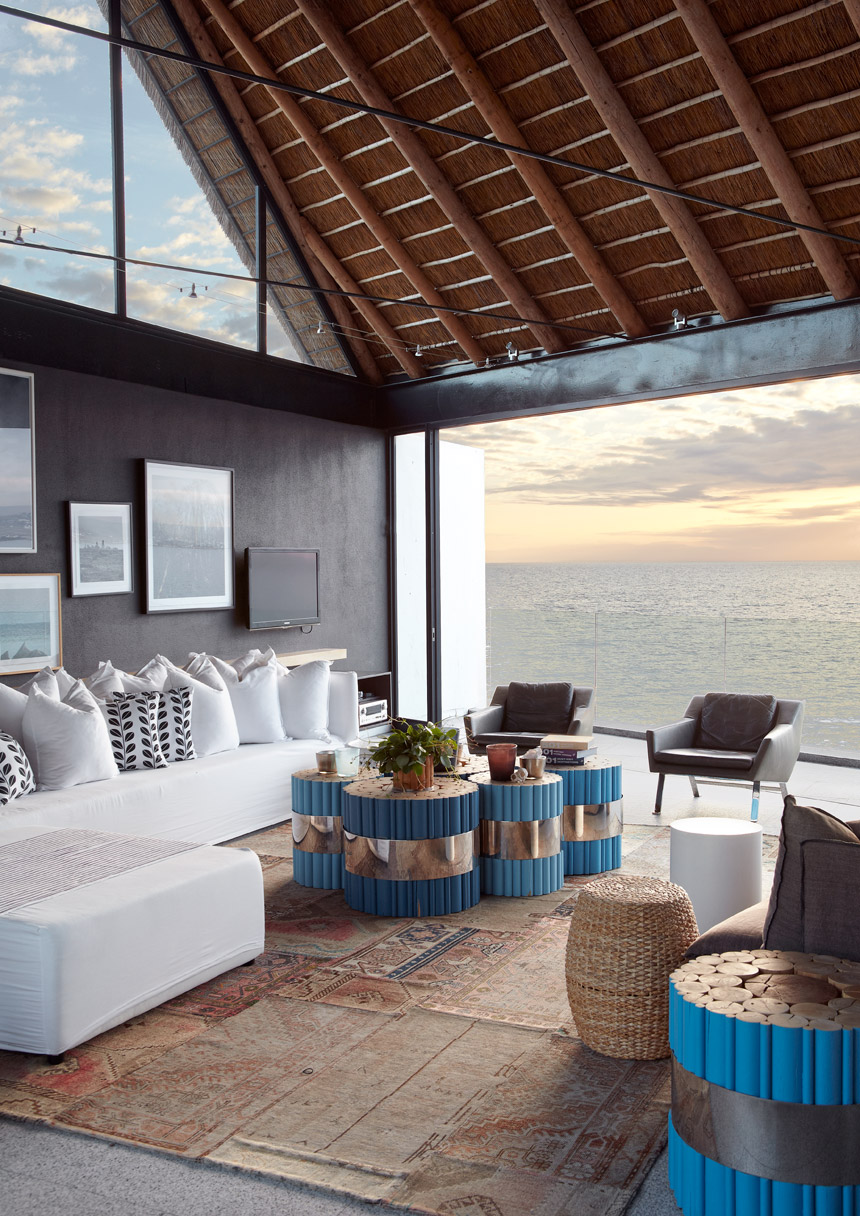
This house is the perfect place to relax, unwind and banish all thoughts of the city.
Spaces are expansive yet distinct; the palette is uncomplicated, drawn from the natural environment; simple furnishings are oversized, tactile and chosen to enhance absolute relaxation. But it’s the connection with the landscape that is the house’s most striking, dominant feature. At any turn, it’s impossible to forget for a moment that despite being just a two-hour drive from Cape Town, this is an entirely different world.
It’s one of huge, empty landscapes and of pungent sea air, with a soundtrack of crashing waves, gentle breezes, rustling grasses and the occasional deep, dark notes of a dramatic foghorn. It’s a world where tortoises plod along sandy tracks, where small antelope wander into the indigenous garden to forage for tasty succulents, and where uninterrupted views offer sightings of endemic Heaviside’s dolphins, southern right whales and several bird species. And it’s no less remarkable that the house so easily blends into and becomes a part of that same world.
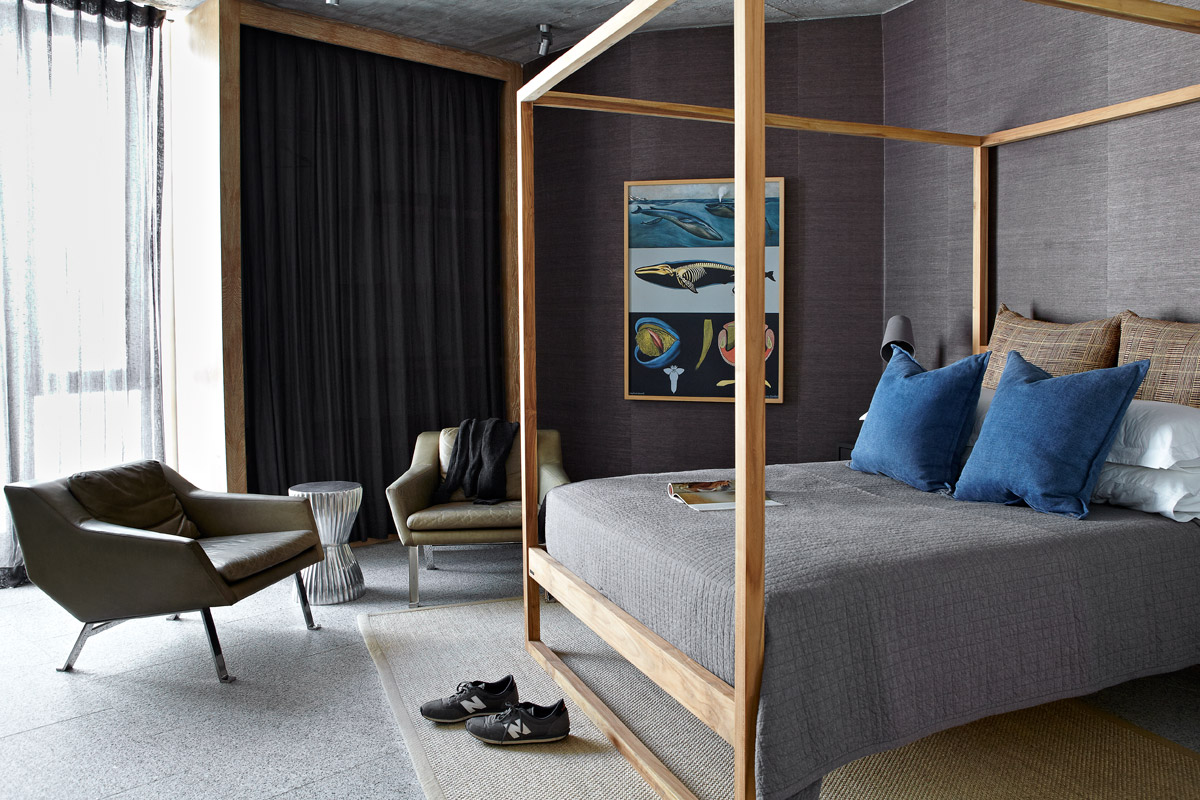
Off-shutter concrete ceilings echo the textures of sand and rock on the beach below, while open glassed gables in the roof-ends provide a moving-picture show of clouds and sky. Sisal carpets, the tent-like thatch and timber (such as the lime-washed oak walls and doors) bring in the softer natural fauna elements of the surrounding reeds and grasses. A large conical mass of corten steel forms the pivot of the upstairs space; with its rusted surface, it wouldn’t look out of place on one of the weathered ocean-going trawlers that languidly pass along the horizon.
“It doesn’t happen often,” muses Truen, “that a house so quickly and easily, so straightforwardly, falls into place – when everything just fits and feels right.” Looking around, one knows exactly what he means.
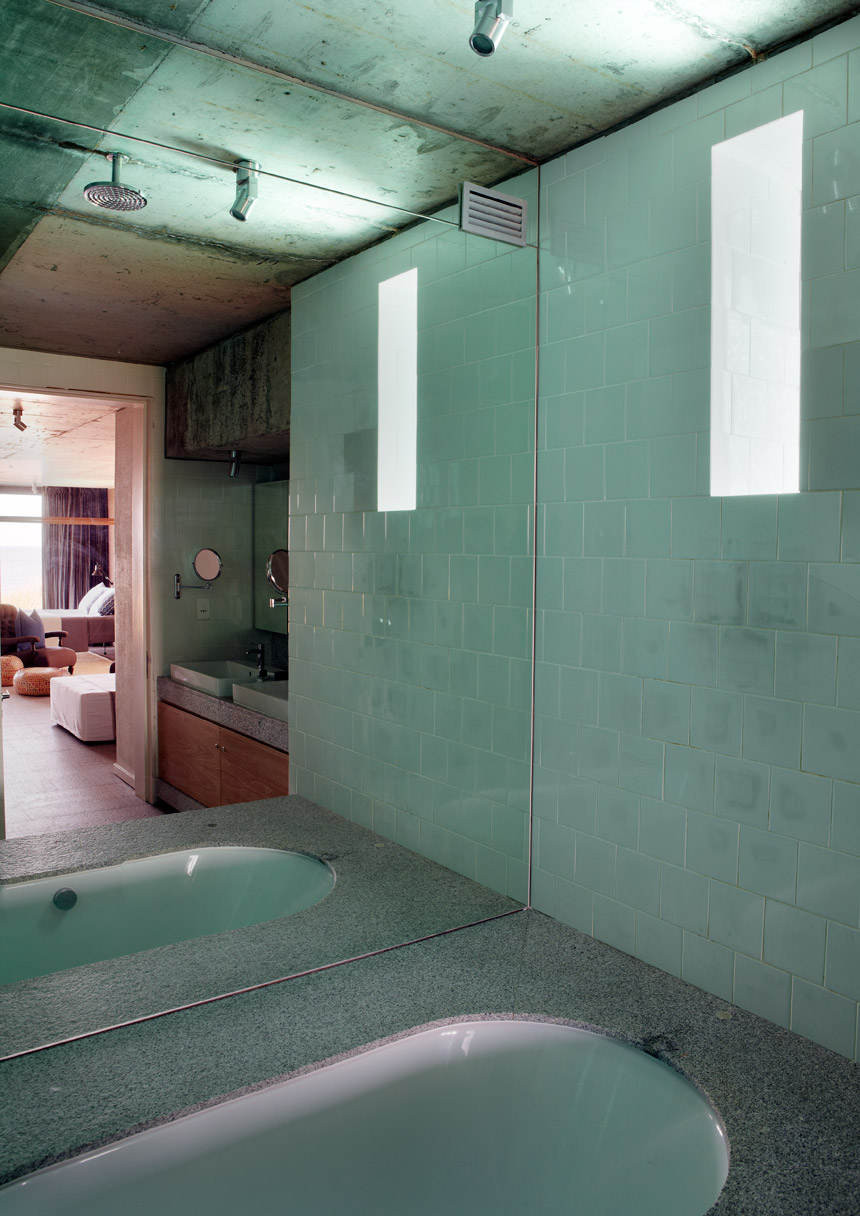
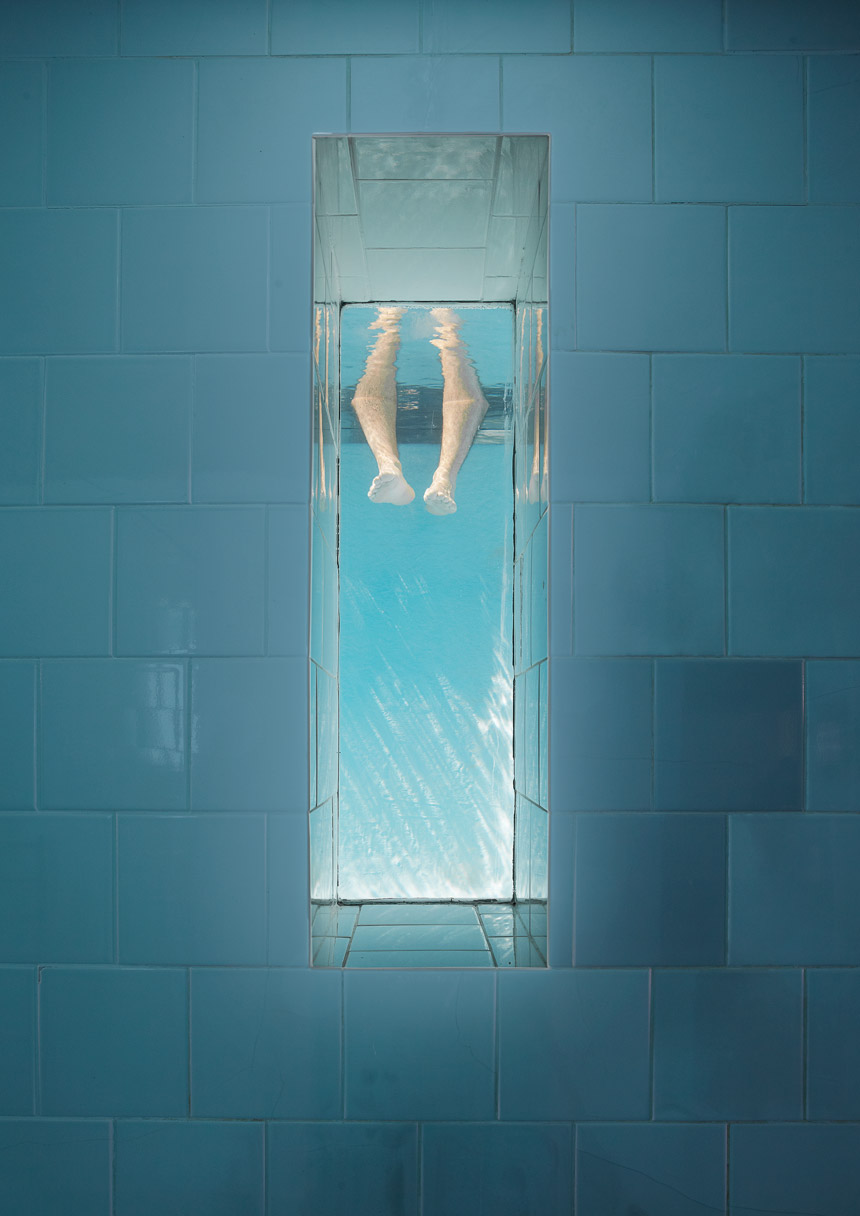
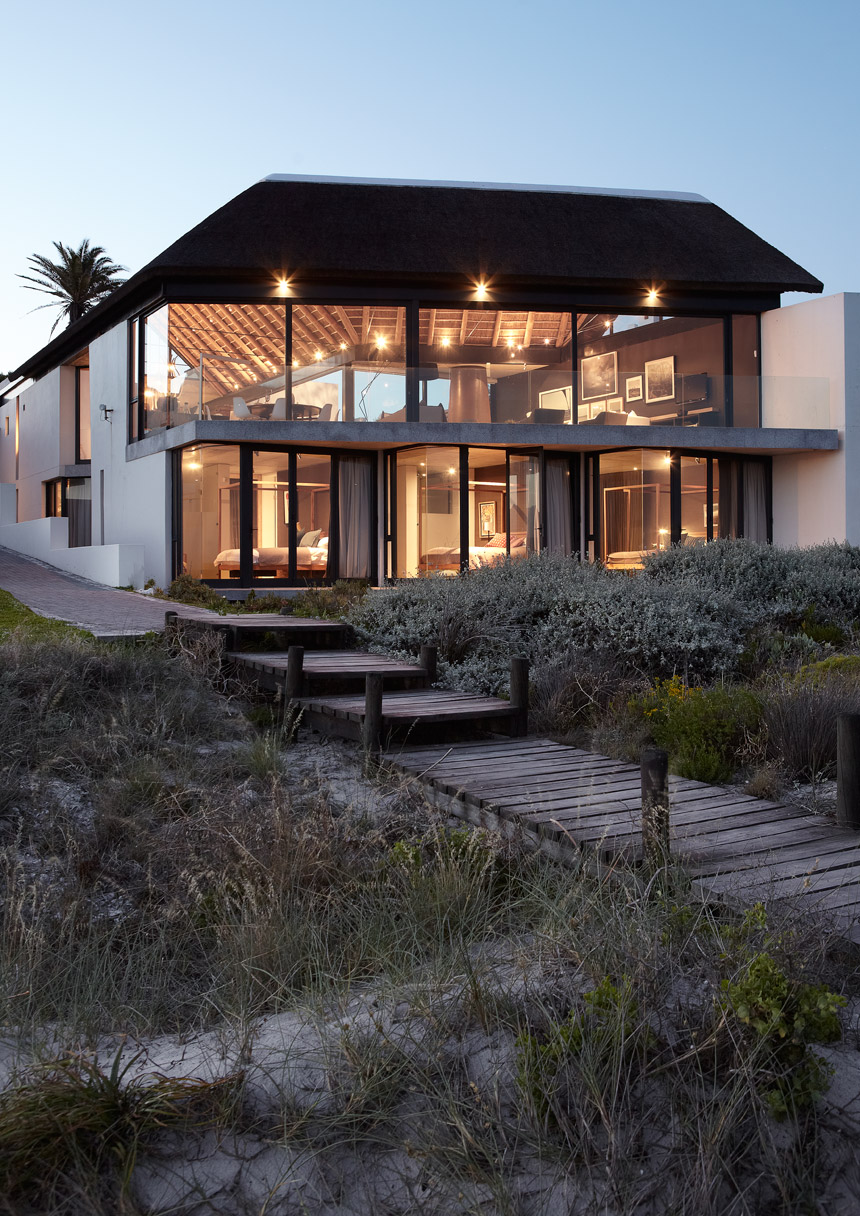

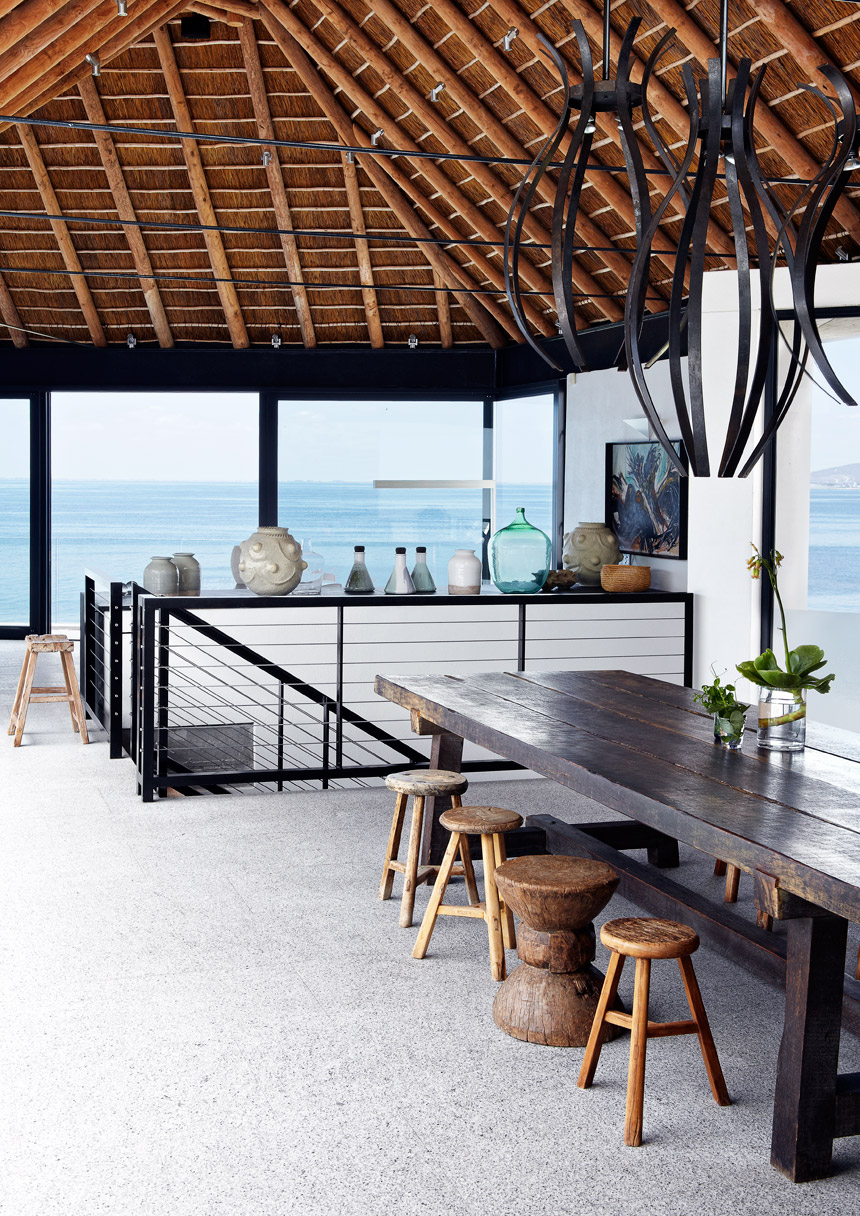
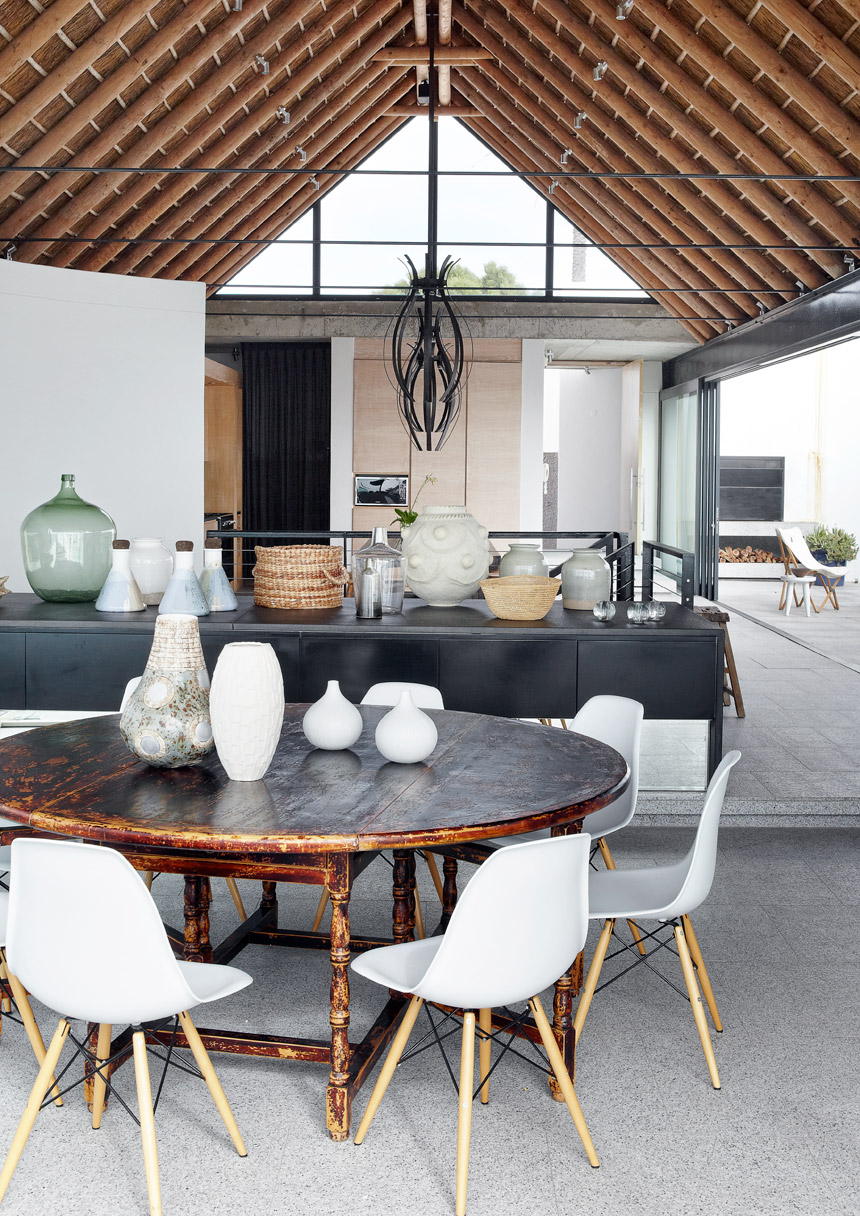
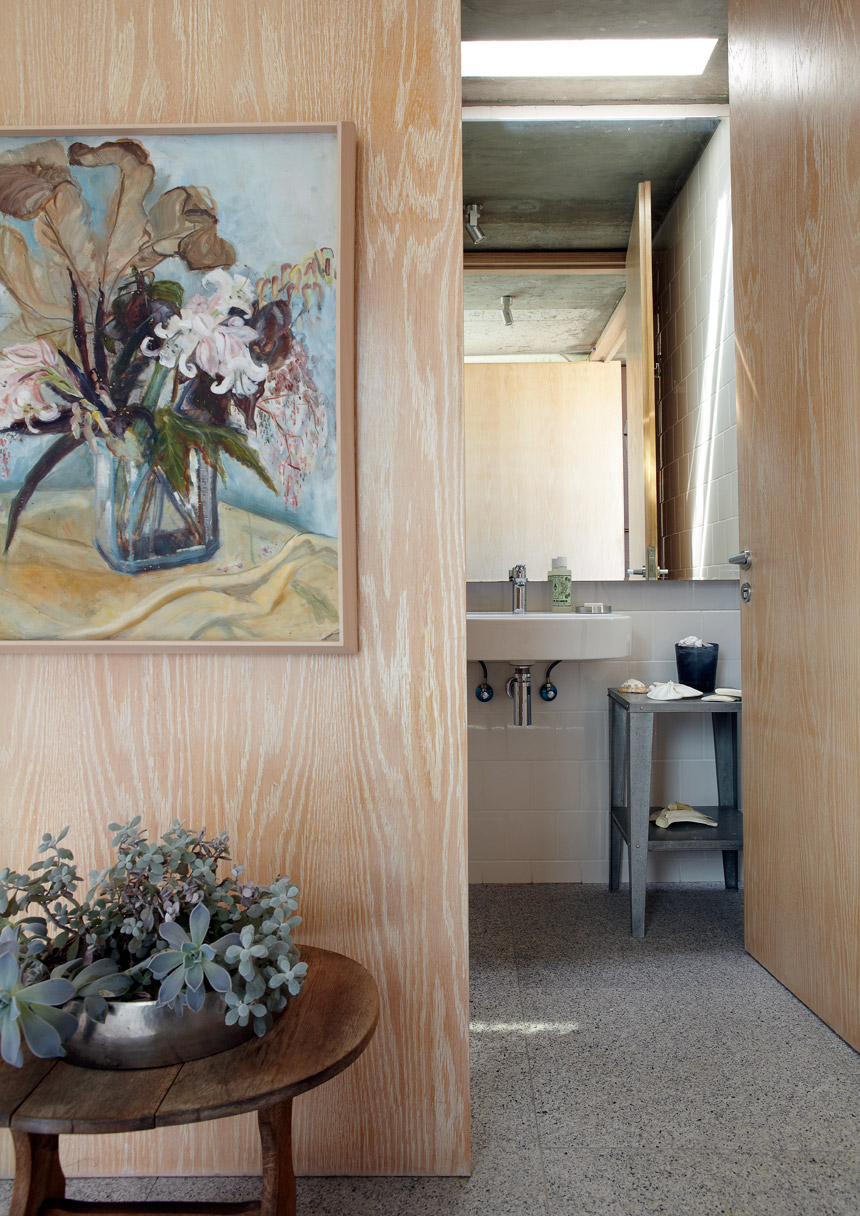
This story will be published in our August 2018 issue as “Cape Escape.” For more extraordinary nature-inspired homes, stay tuned for our outdoor-focused issue, coming to newsstands very soon.
Production and styling: Sven Alberding






